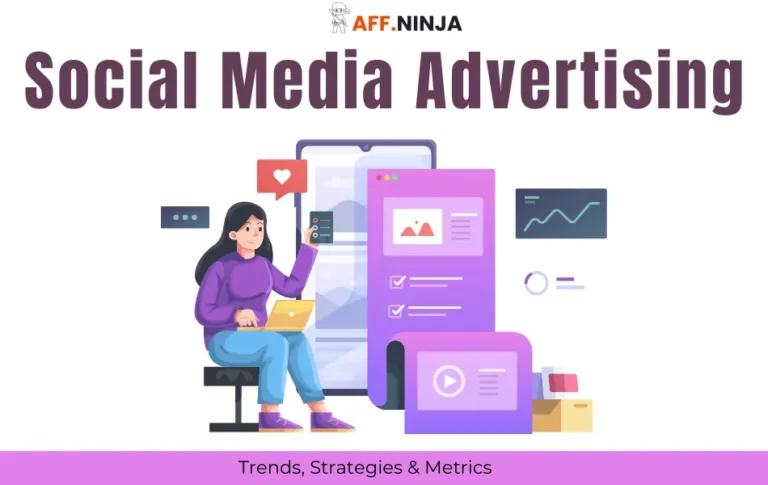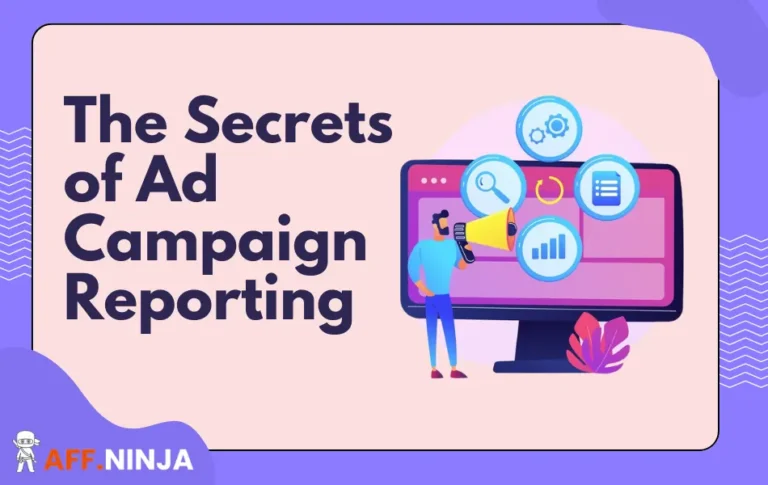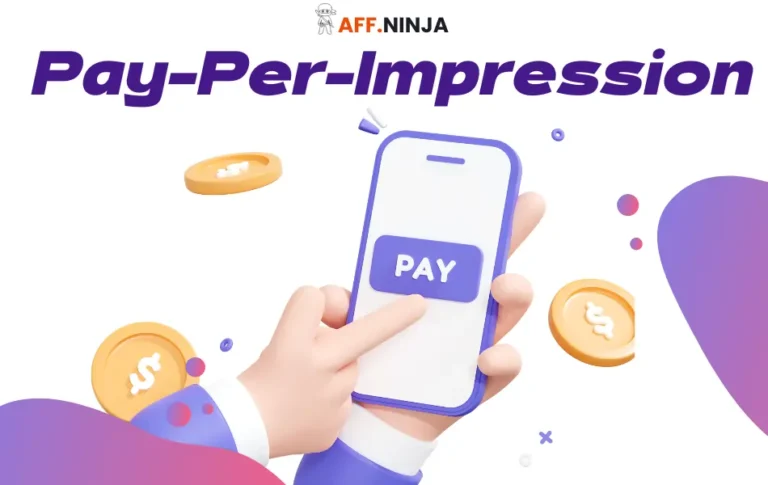From publishers to advertisers, ads have been a primary source of revenue in the media buying world. But what if you don't put them the way they should go?
From a publisher looking to boost your site's revenue to an advertiser aiming to maximize your campaign's impact, understanding where and how to place ads is crucial. To help you out with this problem, we have listed a few ad placement techniques that'll help you get the most out of your media-buying operations.
Now let's check out these ad placement techniques that can help you get some great revenues.
Why Focusing on Ad Placement Techniques is Important?
For a better understanding, I have mentioned some of the important ad placement techniques for both publishers and advertisers. Let's have a look at them!
🖥️ For Publishers
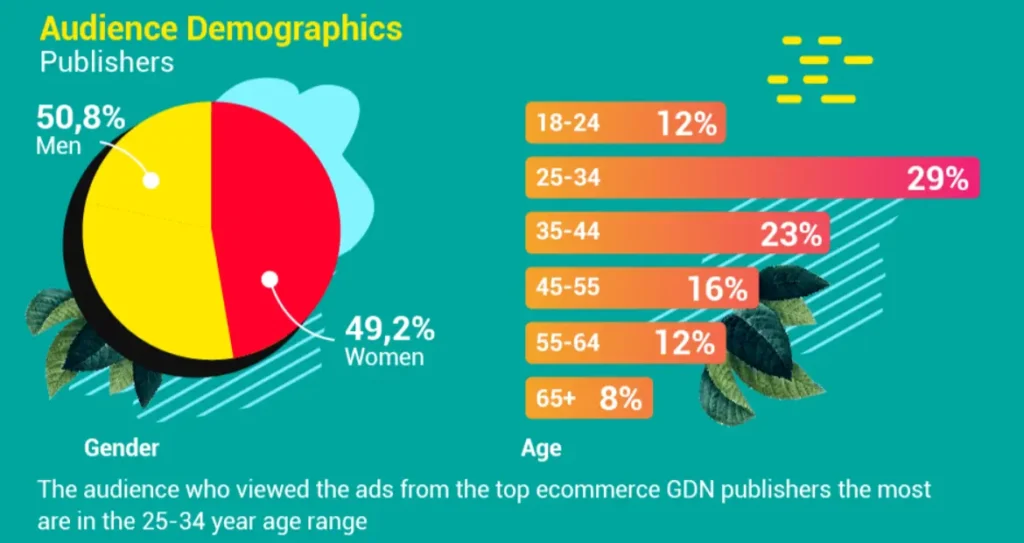
Strategic ad placement is crucial for publishers to maximize their revenue while maintaining a positive user experience. Carefully selecting where ads appear on their websites can increase viewability and engagement rates, leading to higher click-through rates and ultimately more revenue.
Effective placement also helps balance monetization with content accessibility, ensuring that ads don't overwhelm or detract from the site's primary content. Publishers who master ad placement can create a win-win situation, satisfying both their audience and advertisers while optimizing their earning potential.
🎦 For Advertisers
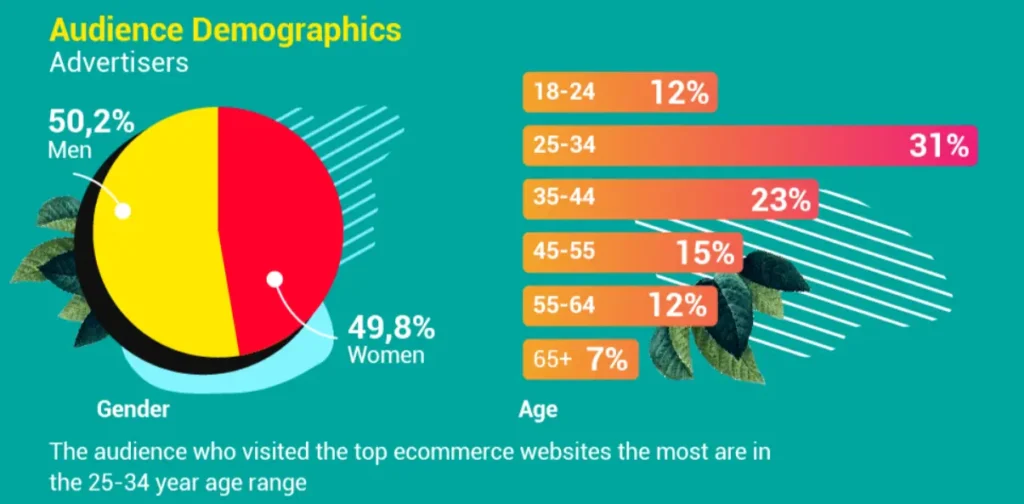
For advertisers, strategic ad placement is essential to achieve campaign objectives and maximize return on investment. Well-placed ads have a higher chance of reaching the target audience, increasing brand visibility, and driving conversions.
Advertisers can select the right placements to ensure their messages appear in contextually relevant environments, enhancing ad effectiveness and brand perception. Strategic placement also allows advertisers to optimize their budgets by focusing on high-performing locations and formats, ultimately leading to better campaign performance and more efficient use of advertising resources.
What is Ad Placement?
Ad placement refers to the locations where advertisements are displayed, such as on websites, videos, or mobile apps. These placements are strategically chosen to maximize the reach and impact of ad campaigns.
Common ad placements include headers, footers, sidebars, and in-content positions like the beginning, middle, or end of articles and videos. The effectiveness of ad placements can vary, often requiring testing to determine the optimal locations.
Types of Ad Placements
For more information on advertising formats, also check out our other articles on Mobile Advertising and Native Advertising.

Adsterra
Adsterra stands out as a premier ad network for both advertisers and publishers. With over 30 billion monthly ad impressions across 248 GEOs, it offers diverse ad formats like Social Bar, Display Ads, In-Page Push, and more.
Adsterra's Partner Care approach, robust security, and innovative tools like CPA Goal optimization make it a top choice for maximizing ROI and revenue.
Ad Placement Strategies by Platform
As an advertiser, you can look forward to a few platforms that could help in making things better for media buying operations.
1. Website Ad Placement
Effective website ad placement involves strategically positioning ads to maximize visibility and engagement without disrupting the user experience. Common placements include above-the-fold for immediate visibility, in-content ads for contextual relevance, and sidebar ads for consistent exposure throughout the user's visit.
2. Mobile App Ad Placement
Mobile app ad placement requires careful consideration of screen size and user behavior. Popular formats include banner ads at the top or bottom of the screen, interstitial ads between content transitions, and rewarded ads that offer incentives for user engagement. Ensuring ads are non-intrusive yet engaging is key to maintaining a positive user experience.
3. Social Media Ad Placement
Social media platforms offer diverse ad placement options, such as news feed ads that blend with organic content, stories for immersive full-screen experiences, and in-stream video ads during video content. Each placement type should align with the platform's strengths and user behavior to maximize engagement and ROI. Here are some of the social media ad placement techniques to consider:
a) Facebook
- Where Ads Show Up: Feed, Stories, Right Column, Marketplace, Video Feeds, In-Stream Videos.
- Pro Tips: Mix it up with images and videos to grab attention. Use ad retargeting to reel back in folks who’ve shown interest before.
b) Instagram
- Where Ads Show Up: Feed, Stories, Explore.
- Pro Tips: Use eye-catching visuals and carousel ads to flaunt multiple products. Stories ads are gold for flash sales and limited-time offers.
c) Twitter
- Where Ads Show Up: Promoted Tweets, Promoted Accounts, Promoted Trends.
- Pro Tips: Keep it short and sweet. Promoted Tweets are great for driving clicks and traffic.
d) LinkedIn
- Where Ads Show Up: Sponsored Content, Sponsored InMail, Text Ads, Dynamic Ads.
- Pro Tips: Stick to professional and industry-specific content. Sponsored InMail works wonders for personalized messages.
d) Snapchat
- Where Ads Show Up: Snap Ads, Story Ads, Collection Ads, Commercials.
- Pro Tips: Go for engaging, vertical videos. Story Ads offer a more immersive experience.
4. Video Ad Placement
Video ad placement can significantly impact viewer engagement. Pre-roll ads play before video content, mid-roll ads during, and post-roll ads after the content. Additionally, out-stream video ads appear within the content flow, ensuring high visibility and engagement without interrupting the user experience.
It is worth mentioning that, in addition to the ad placement, there are a few other aspects as well that you need to consider, to read more, check out our other articles on Ad Budget Management and Ad Campaign Optimization.
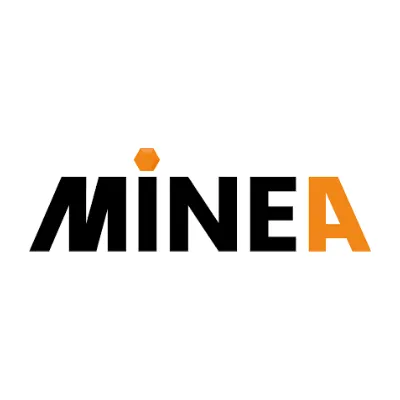
Minea
Minea provides access to ad data from Facebook, Instagram, Pinterest, and TikTok. It offers a library of over 900 million ads, updated daily, allowing users to discover high-performance creatives.
Use the Coupon Code “AFF20” to get 20% Off Every Month on Minea.
Tools & Techniques for Optimizing Ad Placement
The optimization of ad placement is pretty important, and here are a few tools and techniques for optimization of ad placements:
Heat Mapping
Heat mapping tools, such as Instapage and Crazy Egg, provide visual representations of user interactions on a webpage. They highlight “hot spots” where users click, scroll, and hover, allowing advertisers to place ads in high-engagement areas to maximize visibility and effectiveness.
A/B Testing
A/B testing involves comparing two versions of an ad or webpage to determine which performs better. By testing different elements like headlines, images, and placements, advertisers can make data-driven decisions to optimize ad performance and improve conversion rates.
Analytics and Reporting
Analytics tools, such as Google Analytics and Facebook Ads Manager, offer detailed reports on ad performance. These tools track metrics like click-through rates, impressions, and conversions, providing insights that help refine ad placement strategies for better results.
Automated Placement Optimization
Automated placement optimization uses machine learning algorithms to dynamically adjust ad placements based on performance data. Platforms like Google Ads and Facebook Ads leverage AI to ensure ads are shown in the most effective locations, enhancing campaign efficiency and ROI.
Common Ad Placement Mistakes to Avoid
Quenching Questions on Ad Placement Techniques
What are Above-the-Fold Ads?
Above-the-fold ads are displayed in the visible area of a webpage without scrolling, capturing immediate user attention.
How does Heat Mapping Help in Ad Placement?
Heat mapping tools visualize user interactions, highlighting high-engagement areas where ads can be placed for maximum visibility and effectiveness.
What is A/B Testing in Ad Placement?
A/B testing involves comparing two versions of an ad or webpage to determine which performs better, helping optimize ad placements based on data.
How can Analytics and Reporting Improve Ad Placement?
Analytics tools track performance metrics, providing insights that help refine ad placement strategies for better results.
What is Automated Placement Optimization?
Automated placement optimization uses machine learning to dynamically adjust ad placements based on performance data, enhancing campaign efficiency and ROI.
Skyrocketed Revenue Awaits
And there you have it! We've journeyed through the essentials of ad placement strategies, from understanding the importance of both publishers and advertisers to exploring various types and platforms.
We also covered some of the important tools and techniques along with the common mistakes that one could make. Strategic ad placement is more than just a technical task—it's an art that balances user experience with revenue goals.
Utilizing the right strategies and continuously optimizing can ensure your ads not only reach the right audience but also drive meaningful engagement and conversions.
Ready to skyrocket your revenue?

